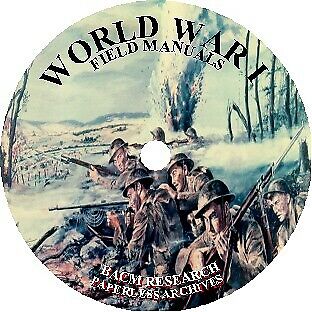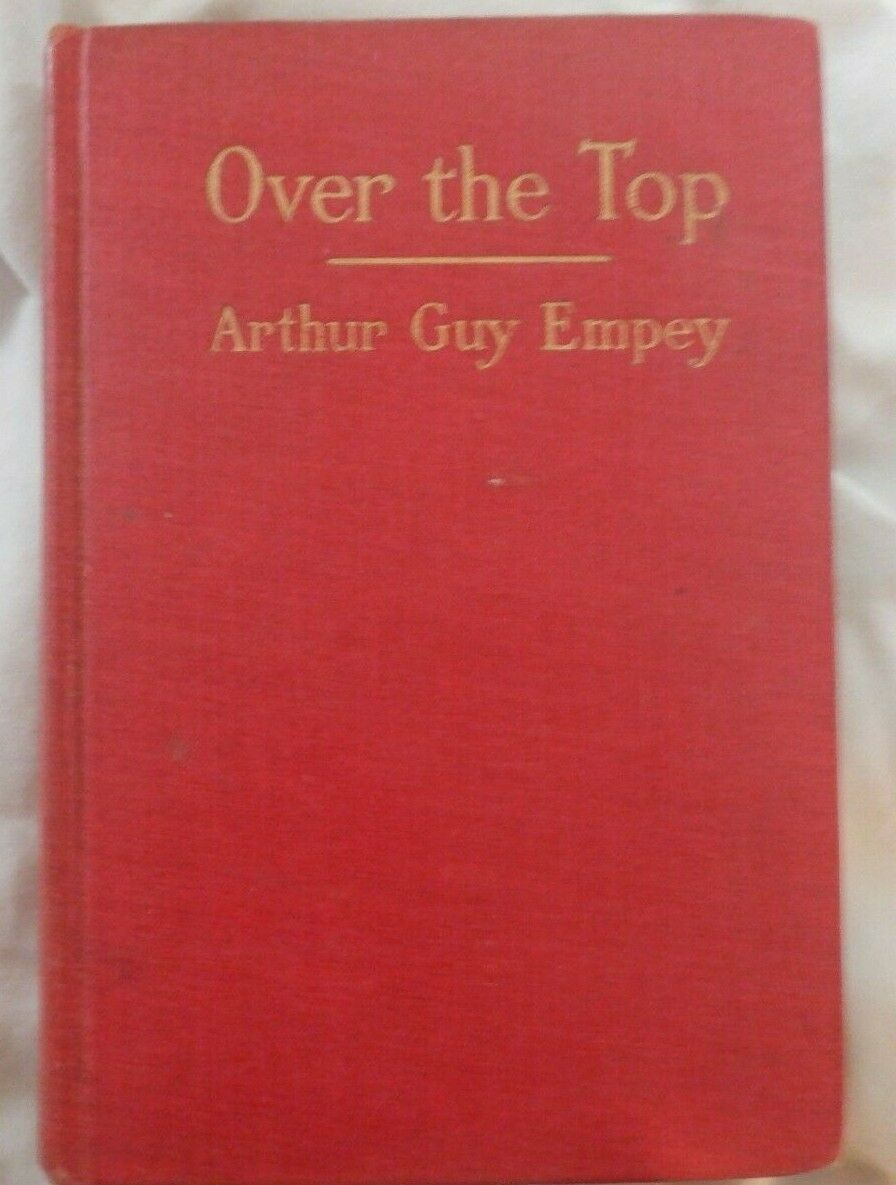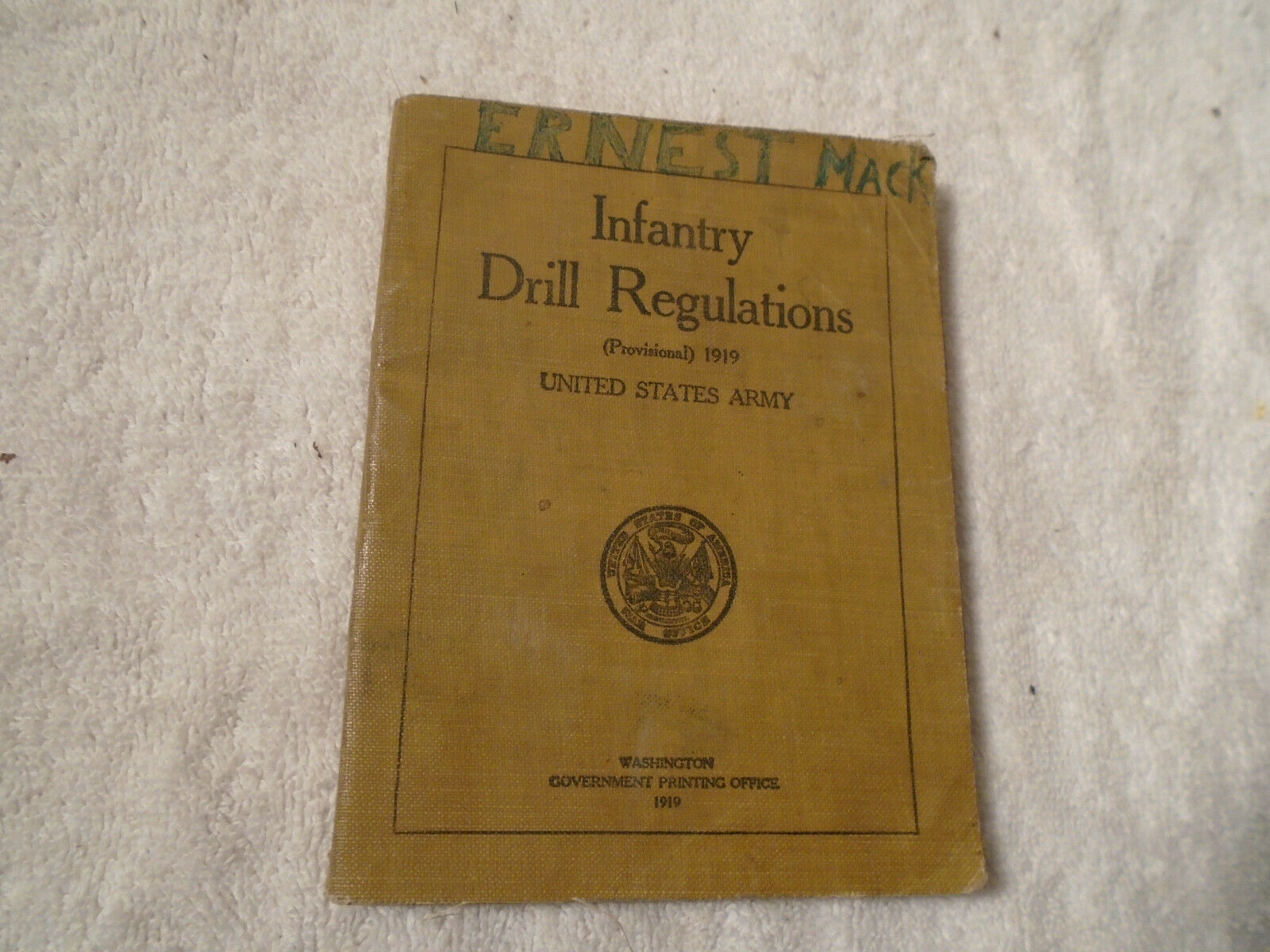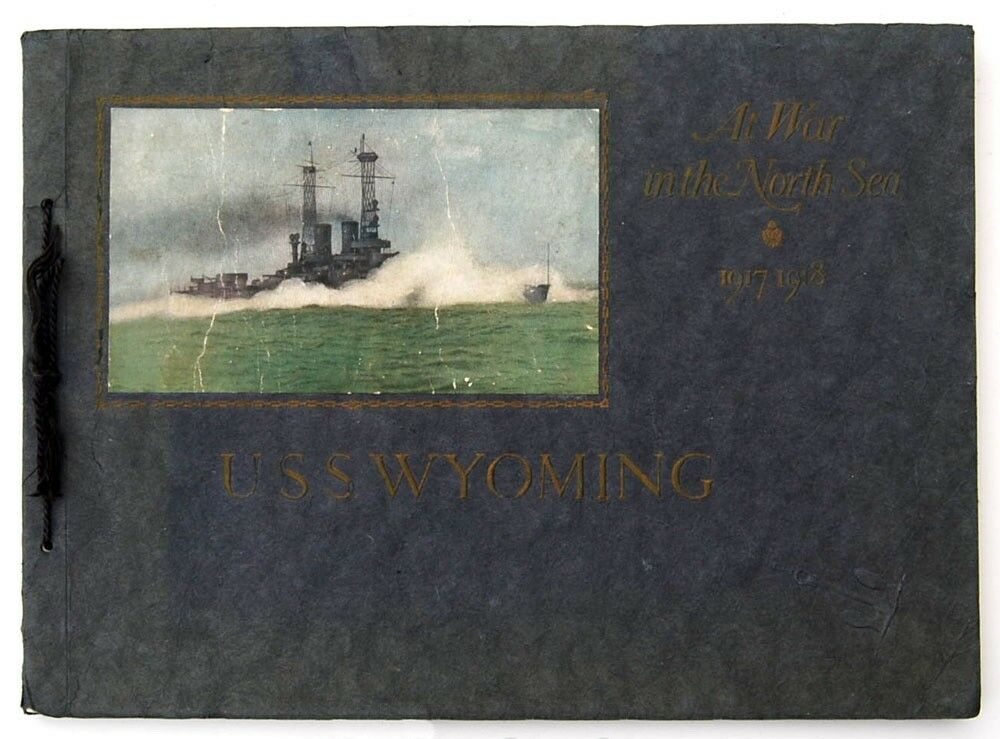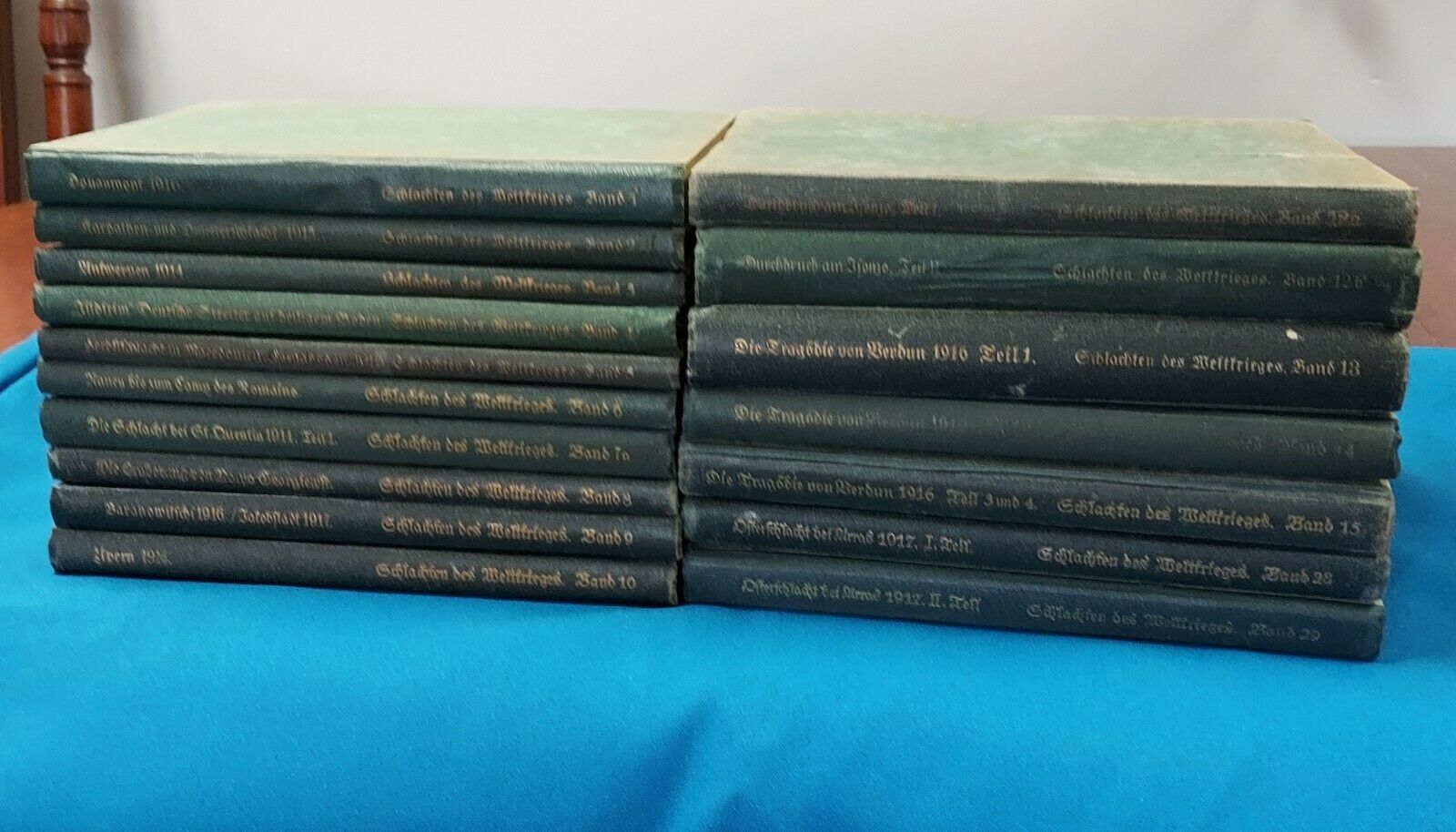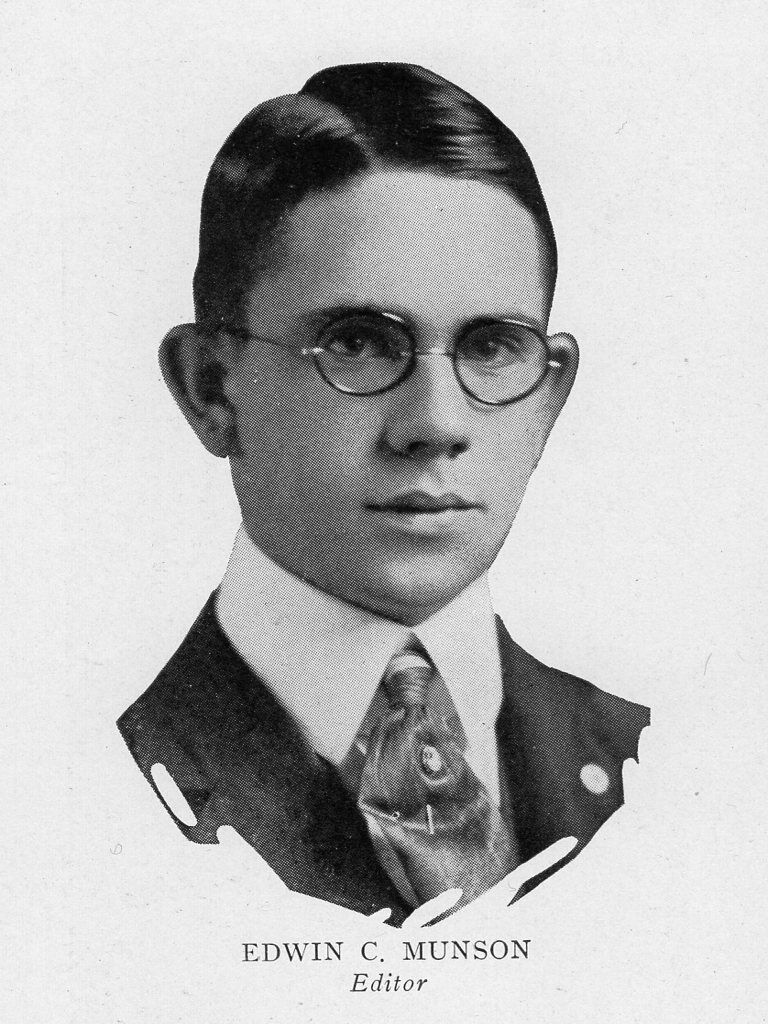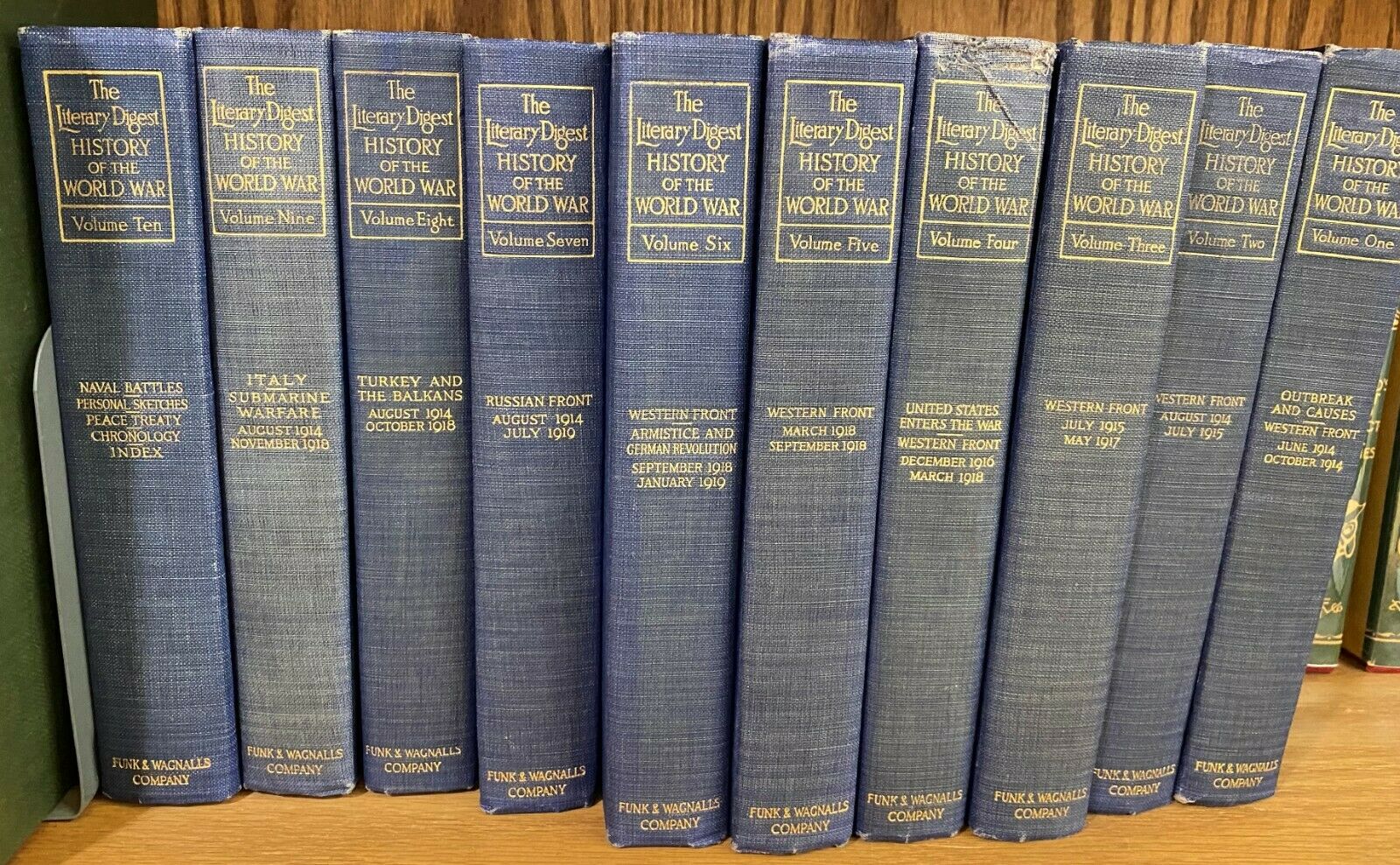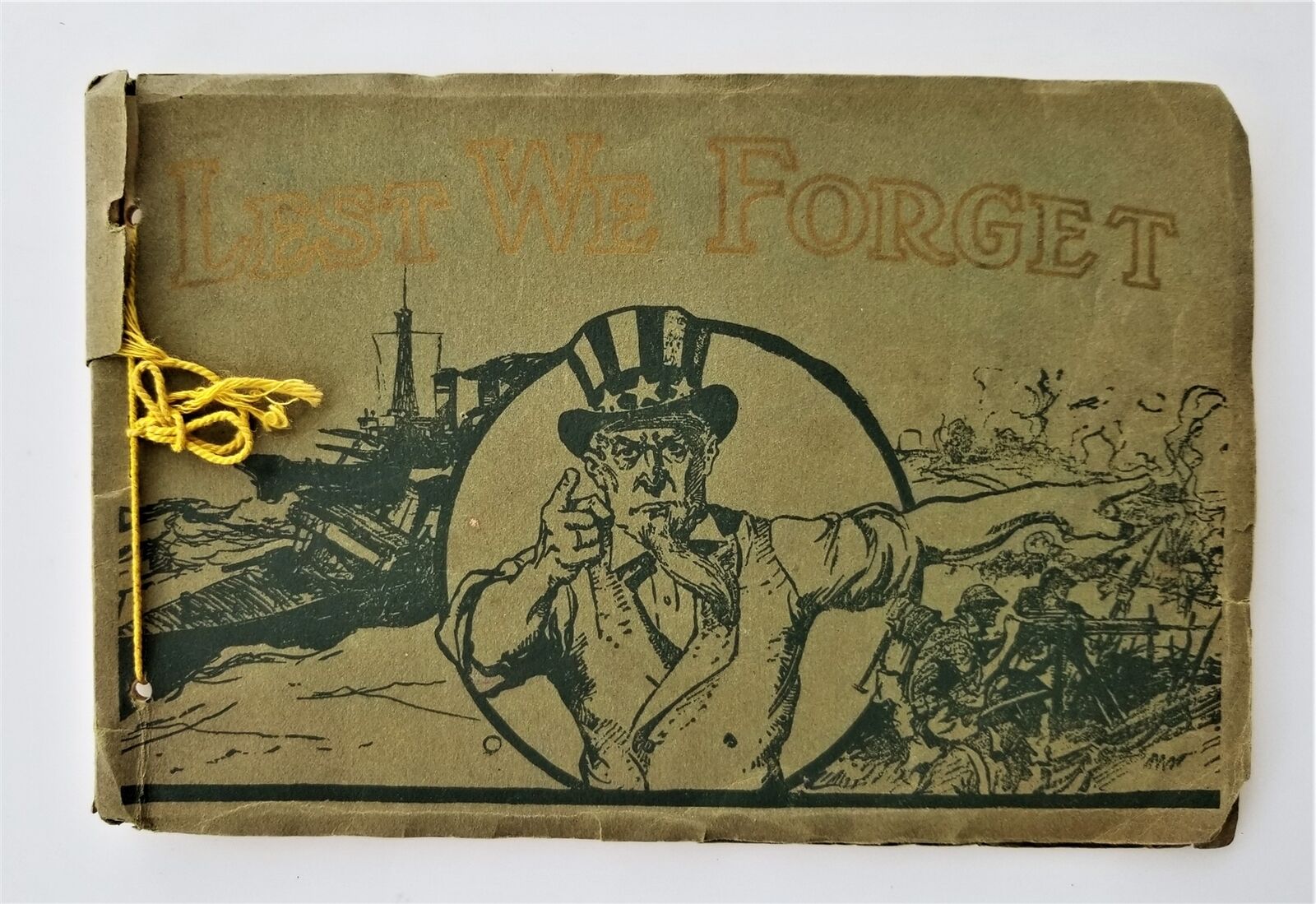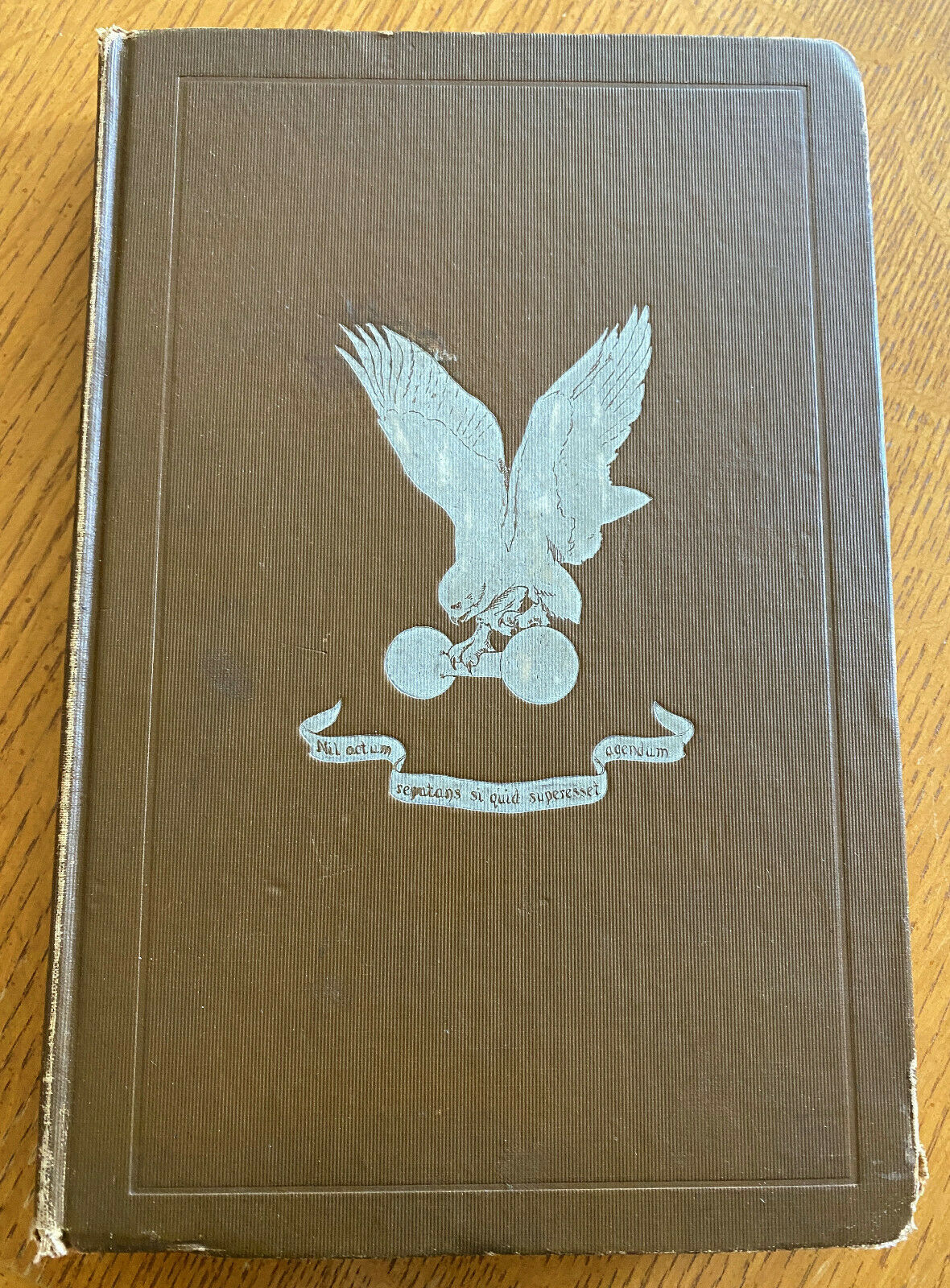-40%
World War I Field Manuals
$ 5.81
- Description
- Size Guide
Description
World War I Field Manuals3,413 pages of World War I era field manuals, textbooks, pamphlets, and bulletins. The 25 manuals date from 1913 to 1919, archived on CD-ROM.
Highlights amongst the manuals include:
Construction of Dugouts, Textbook, 1917
One of the most recalled characteristic of World War I is the stalemate of trench warfare. This manual details the construction of trenches, both underground and surface dugouts. The knowledge in this manual was aided by experiences at Verdun and Somme. Subjects include: Protection against gas attacks, Machine gun emplacements, Dugouts for the posts of commanding officers, Medical stations, Observation posts, concealment during construction, living conditions in underground dugouts, and preventing rain and water seepage.
Gas Manual Part 1 Tactical Employment of Gases
Another image commonly invoked by World War I is the use of chemical warfare. This manual states: "The introduction and development of the use of gas in military operations has had a marked effect on the action and employment of troops in combat. A proper tactical training now requires careful Instruction not only in measures of defense against gas, but in the use of gas against the enemy in offensive and defensive operations."
Topics include: Importance of Gas as Weapon in Military Operations. Chemical Substances Used in Military Operations: Their Physical Properties, Their Physiological Effects, Effect in Relation to Density of Gas and Time of Exposure. Action of Gas Upon Release from Containers. Persistencies of Gases. Methods of Projection of Gas. Employment of Chemical Substances in Tactics. Special Application of the Various Groups of Chemical Substances. Who Uses Smoke. Use of Smoke in Operations. Smoke Screens. Protection of Tanks.
Gas Manual Part 2 Use of Gas by the Artillery
The information in this American Expeditionary Forces field manual on the use of gas in artillery shells, was compiled with the purpose of furnishing the artillery man and the gas officer concise information on the use of chemical ammunition. Topics include: Tactical Use of Artillery Chemical Shell. Handling and Storage of Gas Shell. Transport of Gas Shell. Storage of Gas Shell. Special Precautions Relative to Mustard Gas Shell. Incendiary Shells.
Gas Warfare Part 2 Defense Against Gas Warfare
Topics include: Early Methods of Protection: (a) Early British Respirators and Helmets. (b) Early German Respirators. (c) Oxygen Breathing Apparatus. (d) Other Early Methods. Present Day Masks: (a) American Respirator. (b) French Masks. (c) The Italian Mask. (d) The Russian Respirator. (e) German Respirator. Anti-Gas Appliances for General Use: (a) Alarm Appliances, Gas Shell and Local Alarms, Cloud Gas Alarms. (b) Protection of Shelters and Dugouts. (c) Clearing Gas from Trenches and Dugouts, Natural Ventilation, Ventilation by Fire, Ventilation by Fanning. Protection of Weapons and Equipment. Protection of Animals, Horse, Carrier Pigeons. Gas Detectors and Sampling Devices. Organization of Anti-Gas Duties. Standing Orders for Defense Against Gas Attacks, American Expeditionary Forces.
Infantry Drill Regulations, 1911-1917
This manual covers a wide range of basic standards for the infantry. Topics covered include: Orders, commands, and signals. Combat leadership. Combat reconnaissance. Fire superiority. Deployment for attack. Advancing the attack. The fire attack. The charge. Pursuit. Attack of fortifications. Holding attack. Defensive positions and entrenchments. Deployment for defense. Defensive counterattack. Delaying action. Machine guns. Ammunition supply. Mounted scouts. Night operations. Infantry against Cavalry. Artillery supports. Entrenchments. Patrols. Marches. Training and discipline. Protection of the march. Camp sanitation. Protection of camp or bivouac. Ceremonies and inspections. Honors and salutes. Bugle calls. Bugle call music notations. Bayonet usage.
Instructions for the Defensive Combat of Small Units - Infantry Platoon to Regiment
This field manual concentrates on the characteristics of trench warfare. These Instructions were adapted from French, British and American Instructions and other sources, and were based on experience in the most recent operations at the time. The manual explains the general characteristics of offensive and defensive combat in trench warfare. The manual discusses the employment of natural and artificial features of the ground and the improvement of same for increasing the power of the defense as an essential part of defensive combat. The manual contends that an entrenched position furnishes a large number of natural and artificial features which may be employed for defensive combat. Topics covered include: Characteristics of the Attack. Infantry During the Period of Stabilization. Infantry Attacked in its Trenches. Fire Trenches and Communication Trenches. Cave Shelters. Wire Entanglements.
Interior Guard Duty, Manual, 1914-1917
This manual divides guards and guard duty into four classes: Exterior guards, interior guards, military police, and provost guards. Interior guards are used in camp or garrison to preserve order, protect property, and to enforce police regulations.
Provisional Machine Gun Firing Manual
This manual covers the use of the Benet-Mercie rifle, Lewis gun, Vickers gun, and the Maxim gun. Topics include: Use, care, and repair of machine guns and accessories. Combat firing. Instruction in the mechanics of the machine gun. Sighting, position, and aiming drills. Use of instruments. The determination of ranges. Estimating distances on the ground by eye. Field firing. Indirect fire. Night firing. Ballistic qualities of machine guns. Rates and volumes and their relation to effectiveness.
Rules of Land Warfare
This manual on the rules of land warfare was prepared for the use of officers of the land forces of the United States during World War I. The manual covers conventions and treaties such as the Hague and Geneva conventions. The manual covers subjects omitted by these conventions. Topics include: The laws of war on land. The commencement of hostilities. The armed forces of belligerents. Prisoners of war. The sick, wounded, and dead. The conduct of hostilities. Stratagems. Espionage and treason. Bombardments, assaults, and sieges. Intercourse between belligerents. Capitulations. Armistices. Military authority over hostile State. Treatment of enemy property. Penalties for violations of the laws of war. Neutrality. Neutral rights and duties. Convention III of The Hague. Convention IV of The Hague. Convention V of The Hague. Convention VIII of The Hague. Convention IX of The Hague. Convention XI of The Hague.
The Mess Officer's Assistant
This book teaches the essential principles to be followed in the messing of troops. Topics include: History of The Ration. Food Values and Elementary Principles of Nutrition. Elementary Principles of Cooking and Handling Food. The Garrison Ration. Milk, Cheese, Lard, Compound, Etc. Preservation of Foods, Bacteria and Mold.
Manuals included on the disc are:
AEF Combat Instructions, Pamphlet, 1918
Bulletin for Field Officers Number 6
Coast Artillery Drill Regulations, United States Army
Compilation of Circulars Containing Information and Instructions Relating To Demobilization of the Army
Construction of Dugouts, Textbook, 1917
Defense Against Gas December 1918
Drill Regulations and Service Manual for Sanitary Troops, United States Army
Employment of Machine Guns, AEF Bulletin No. 30, May 1918
Gas Manual Part 1 Tactical Employment of Gases
Gas Manual Part 2 Use of Gas by the Artillery
Gas Manual Part 3 Use of Gas by Gas Troops
Gas Manual Part 4 Use of Gas by the Infantry
Gas Manual Part 5 Use of Gas by the Air Service
Gas Warfare Part 2 Defense Against Gas Warfare, AEF Pamphlet, January 1918
Infantry Drill Regulations, 1911-1917
Instructions for the Defensive Combat of Small Units - Infantry Platoon to Regiment
Interior Guard Duty, Manual, 1914-1917
Manual for Noncommissioned Officers and Privates of Field Artillery of the Army of the United States, Volume I
Manual for Noncommissioned Officers and Privates of Field Artillery of the Army of the United States, Volume II
Notes on Field Fortification, for Use of Student Officers, Army School of the Line, 1916.
Provisional Machine Gun Firing Manual
Regulations for United States Military Telegraph Lines, Alaska Cables, Telegraph Stations, US Signal Corps 1915 (Manual No.2)
Rules of Land Warfare, 1914, Corrected to April 15, 1917 (Changes Nos. 1 and 2)
Small Arms Firing Manual, 1913 Corrected to March 15, 1918)
The Mess Officer's Assistant
The disc contains a text transcript of all recognizable text embedded into the graphic image of each page of each document, creating a searchable finding
aid. Text searches can be done across all files on the disc.
CD-ROM works on Windows or MAC
